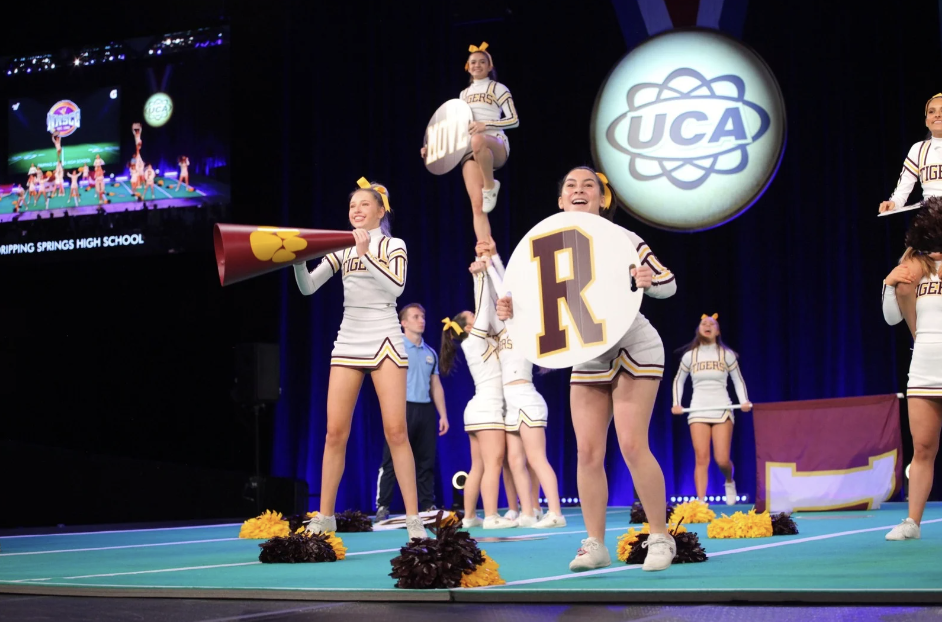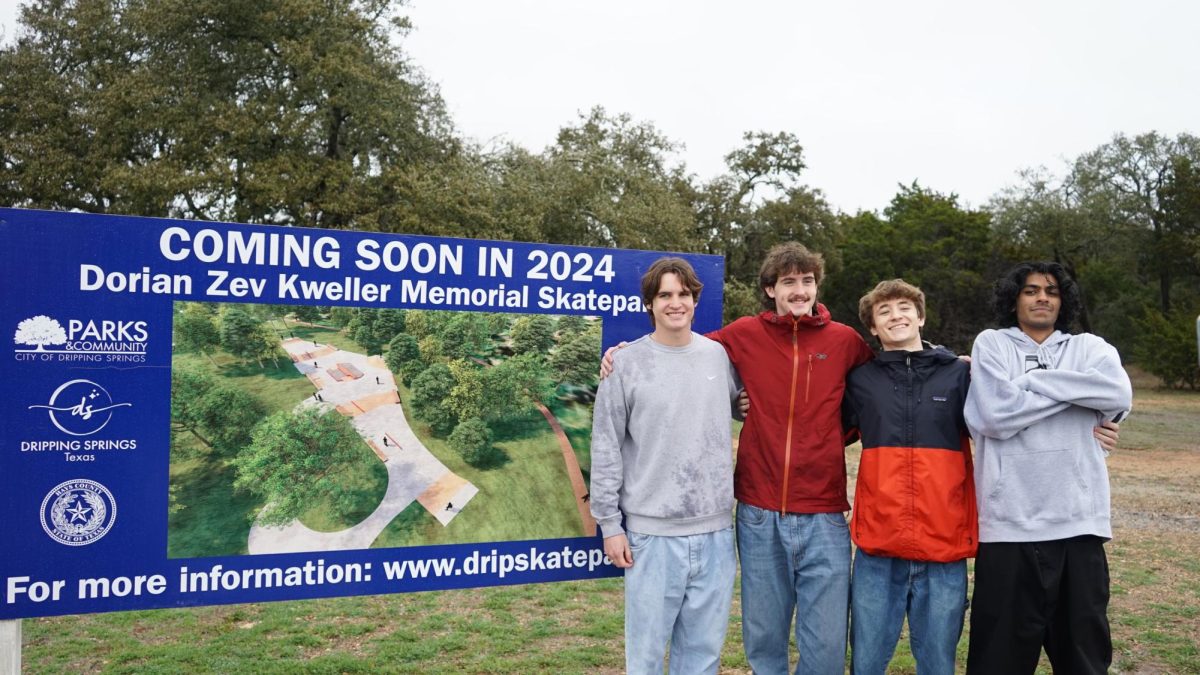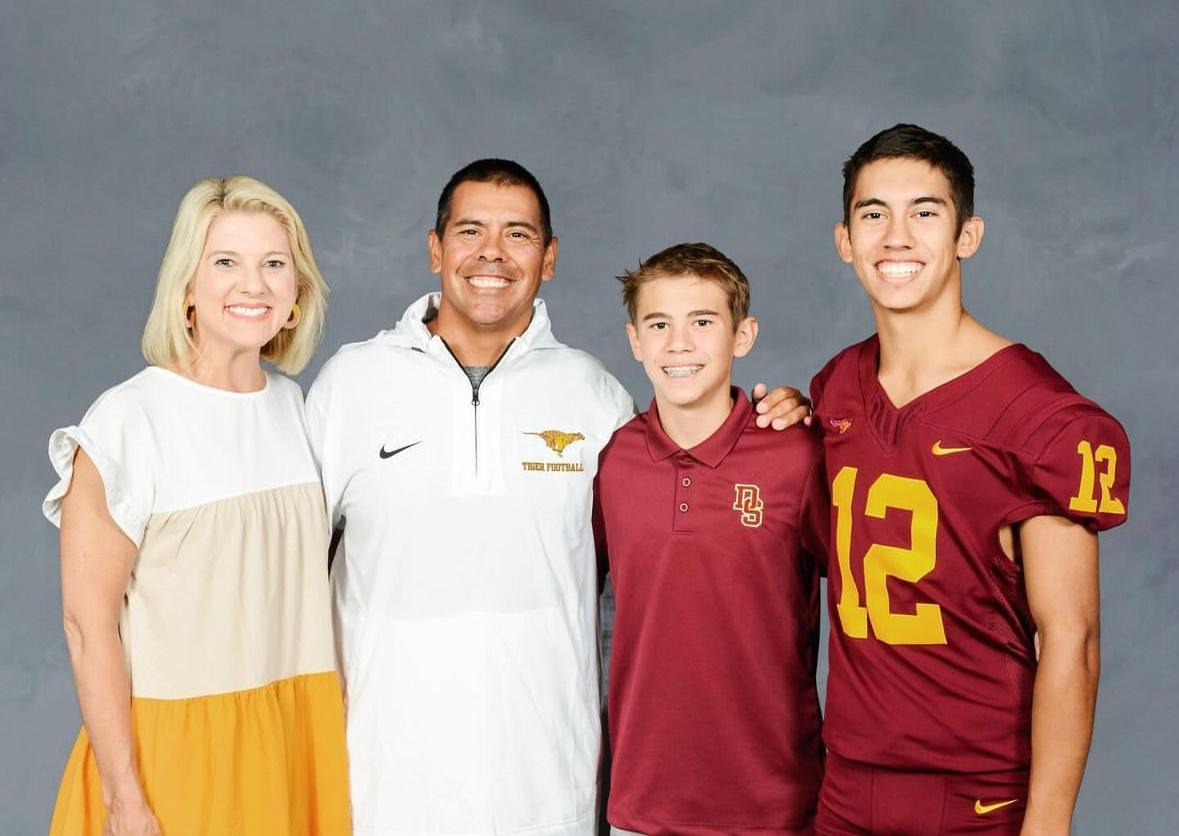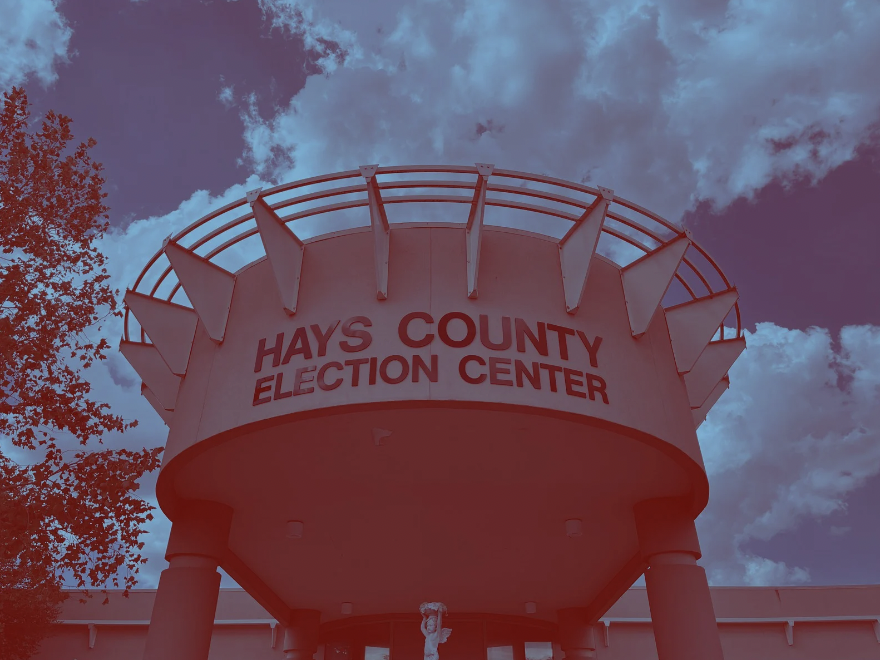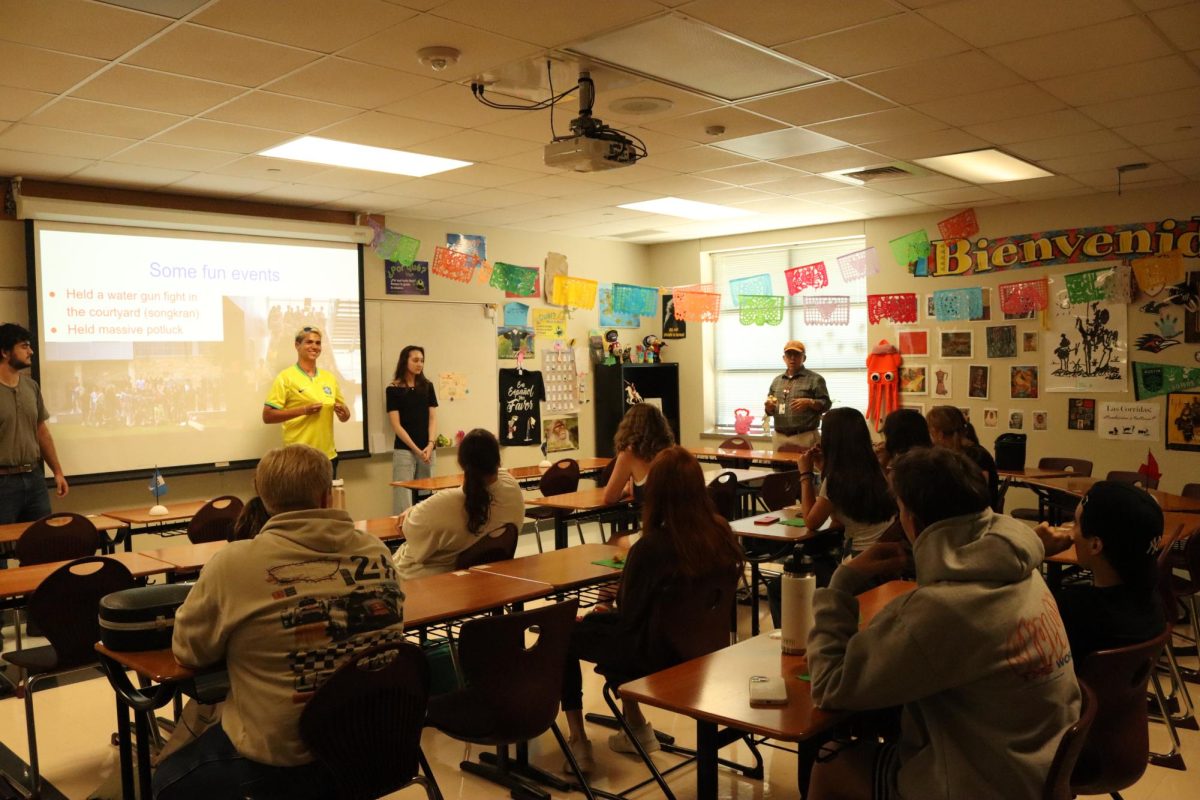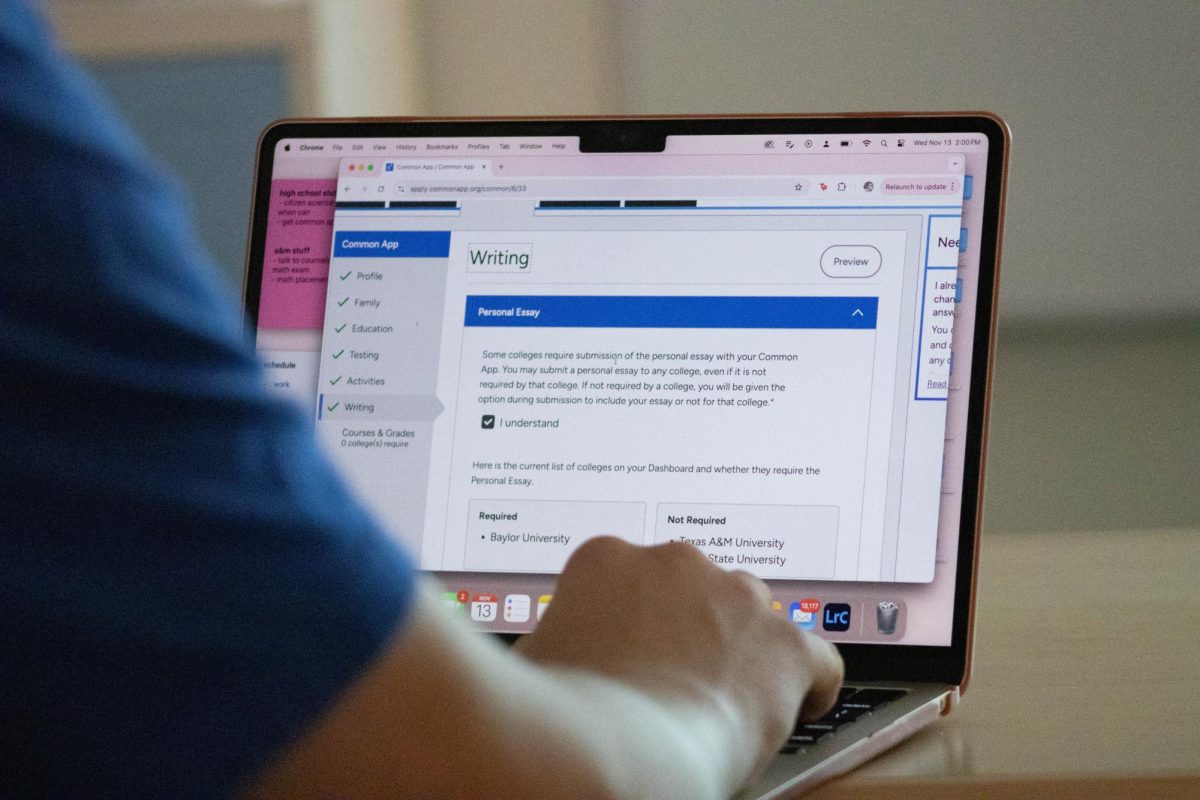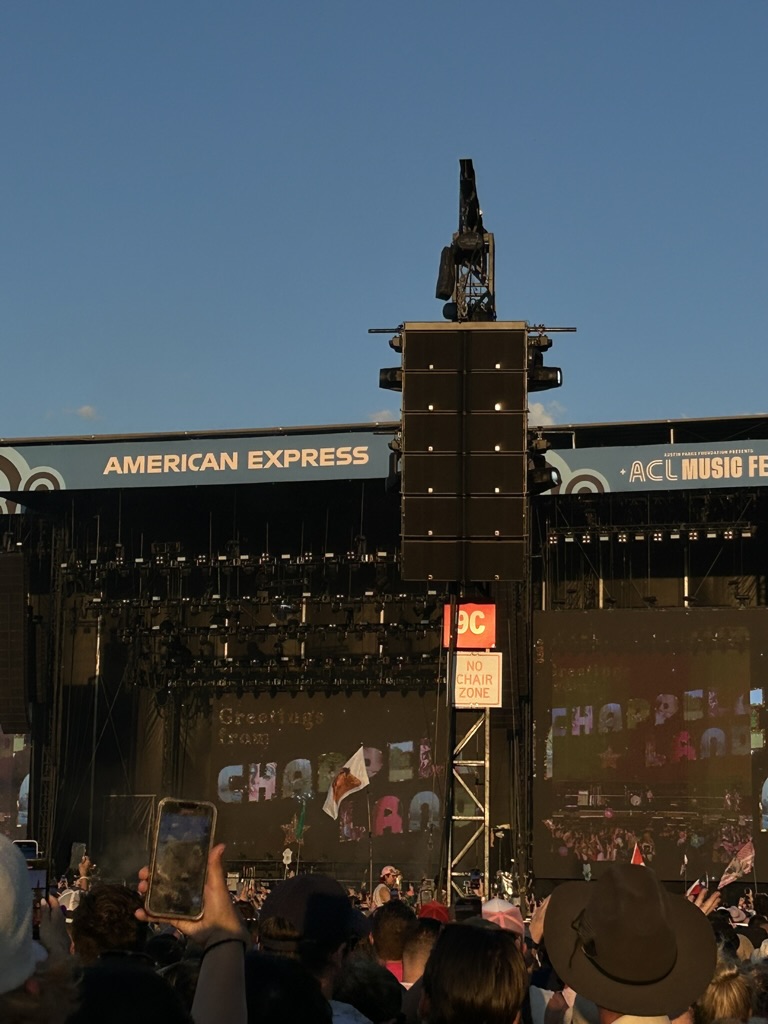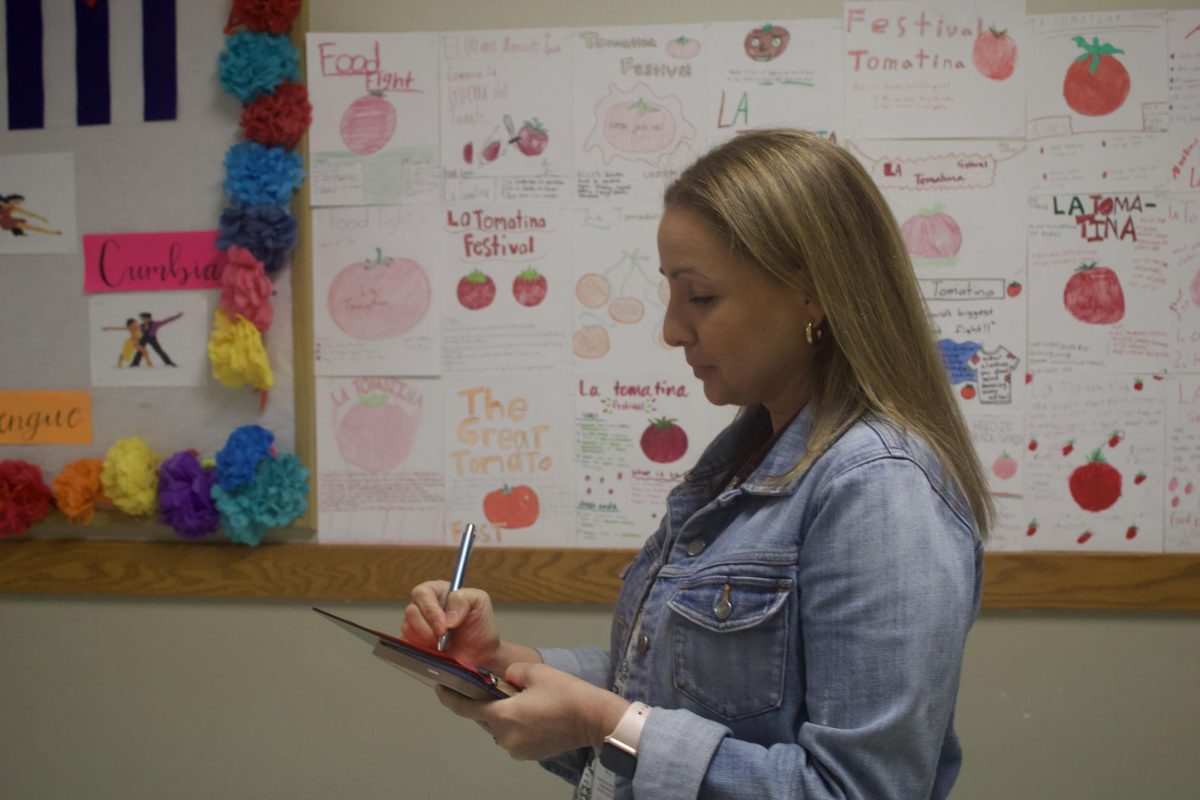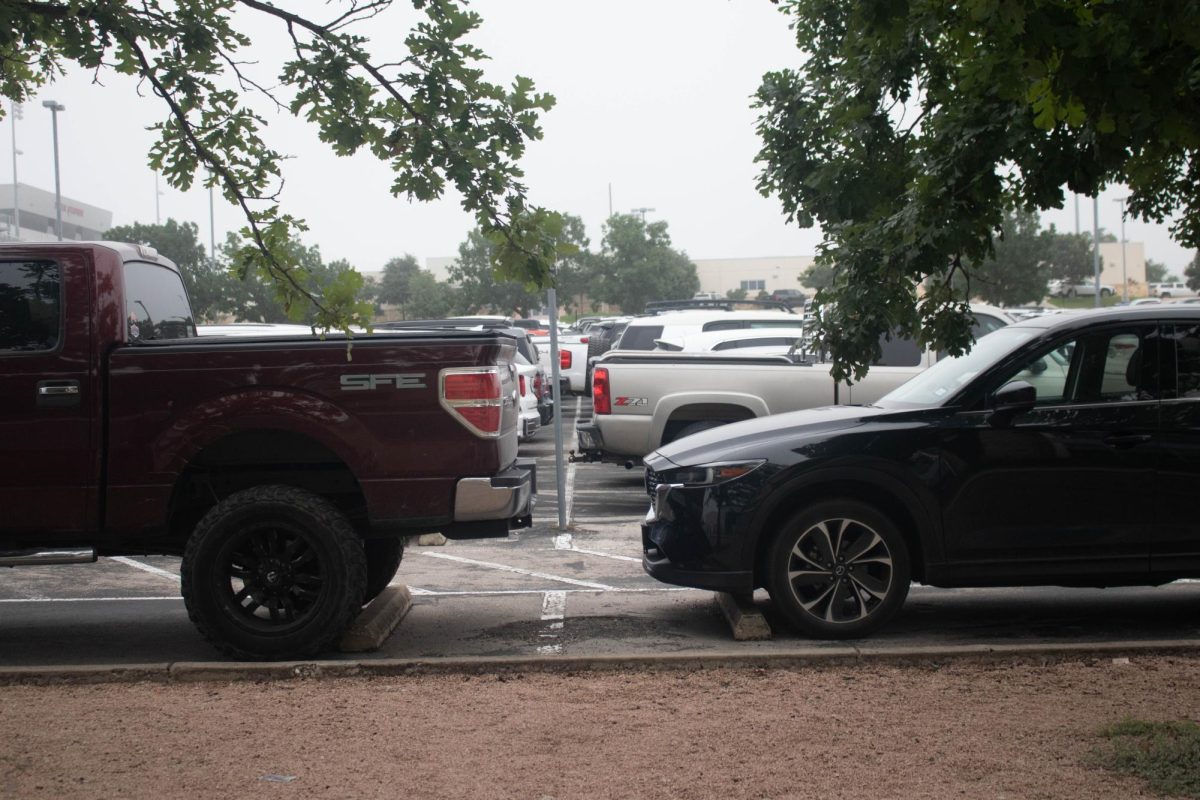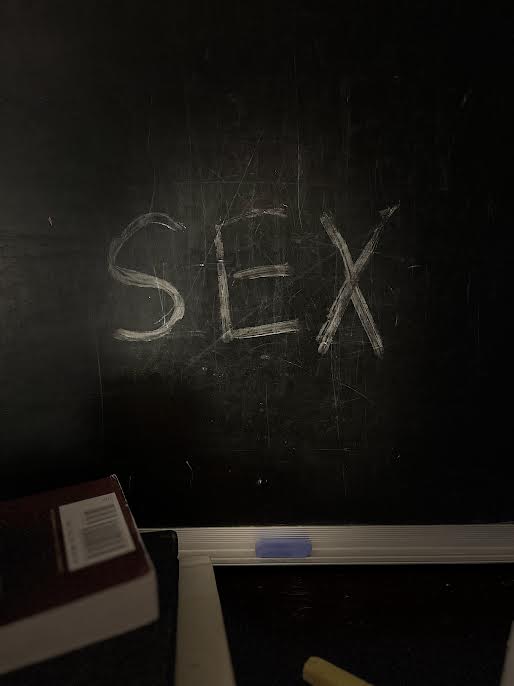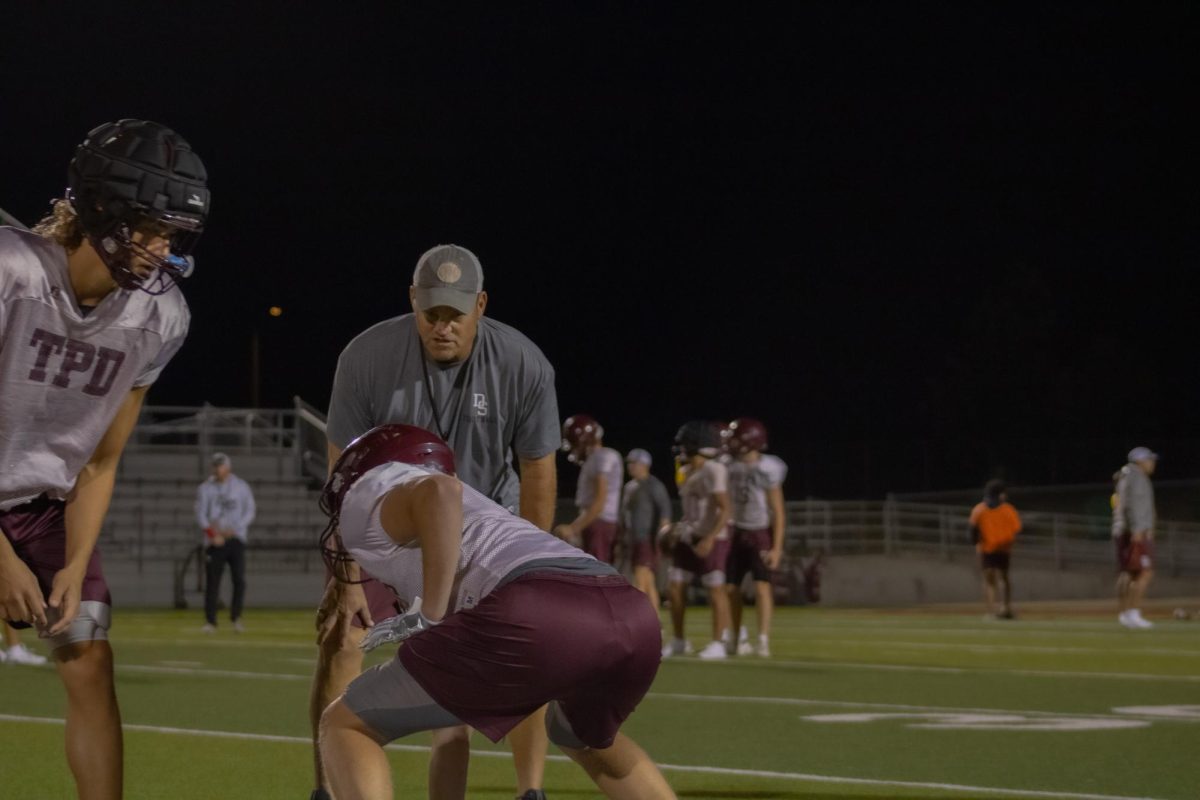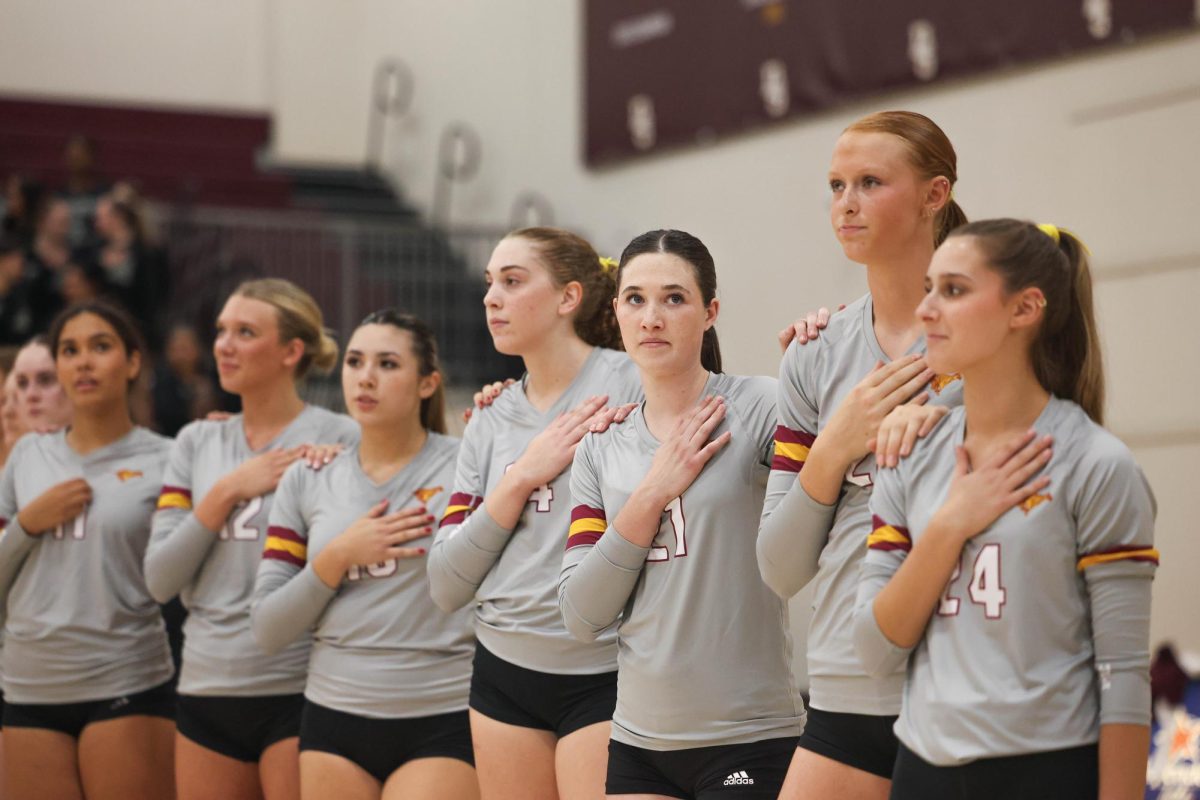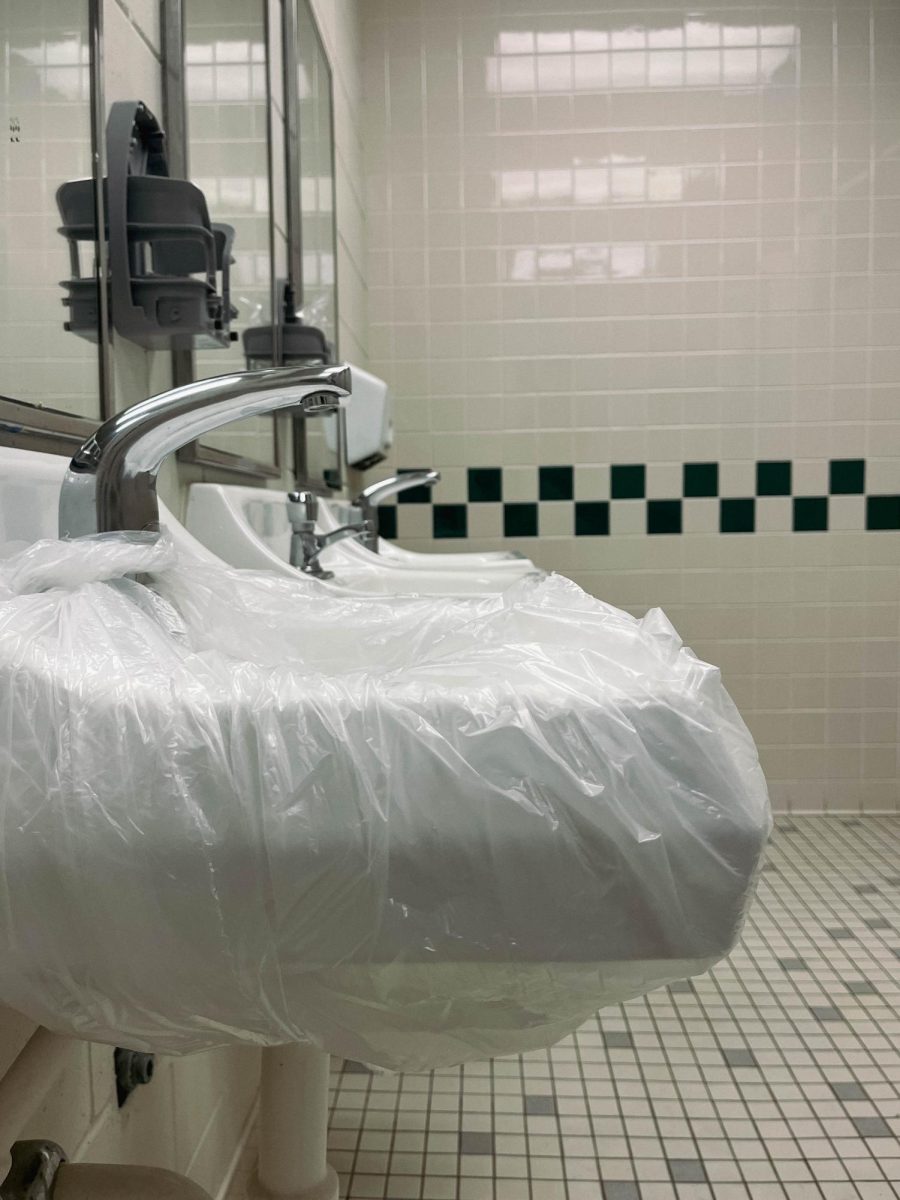As the 2023-2024 school year introduced significant changes on our campus, namely the Doordash ban, dress code policy, and mandatory ID badges for students, this new school year is bringing its own developments, focused on adapting to rising populations and maintaining a productive, educational environment.
There are several new adjustments to school policy this year, which are expected to bring about structural shifts both in and out of the classroom. One key change is the introduction of a stricter, updated cell phone policy. Last year’s Secondary Cell Phone Policy, which prohibited all cell phone usage in ninth- and tenth-grade classrooms, has been expanded to include upperclassmen as well. This raises important questions about the potential impact of the policy and its broader implications for our school community. In our modern, digital world, it is becoming increasingly clear that cell phones, like it or not, will play a major role in our futures. They have become essential tools in the workplace and are even provided by some employers. As such, it is worth considering how our school policies can best prepare students for the realities of college and future professions. Additionally, different classes can require different technology needs. For example, Spanish students use their phones in class to record speaking practices for the AP test, along with other academic uses, such as participation in Kahoot and Gimkit learning games. Rather than imposing a blanket restriction, a more balanced approach could involve encouraging independence and accountability by allowing students to keep their phones in class while using caddies as a tool for those who struggle with responsible use. This would allow a more constructive view of technology and teachers more autonomy in choosing what device usage rules work best for their individual classrooms. This approach could better align with the ultimate goal of high school education: to prepare students for their future roles as responsible, self-reliant adults.
This year, the school is once again undergoing the process of counselor reassignment, with new alphabetical splits reorganizing last years’ groupings. These changes are intended to simplify the process for students to receive help and lighten each counselor’s workload. However, many seniors are concerned, having had a different counselor every year of high school, about the quality of their counselor’s letter of recommendation, a requirement for admission into many prospective schools. It is worrying for such an important letter to be written by someone you’ve never met. However, the school has promised that the counseling team will collaborate to make the college application process as easy as possible for seniors, creating a Google form for students to include any information that would be important for counselors to touch on in their letters. While this method might help ensure that students’ important information is included, it undermines the fundamental purpose of the letter: to provide an authentic, unbiased recommendation. In effect, this system allows students to essentially write their own letters of recommendation. Only time will tell how seamless the application process will be, but given the scheduling challenges students have already encountered this year, many are apprehensive. Rather than adjusting counselor groupings annually to accommodate the constantly growing student population, the school might consider investing in a counseling staff large enough to handle growth over the next few years. This would allow for smaller alphabetical groupings, while still remaining manageable, ensuring that counselors can provide the personalized support students need. This strategy could give students a greater sense of stability by reducing the frequency of counselor changes as the student body continues to expand until the new high school is built in the distant future.
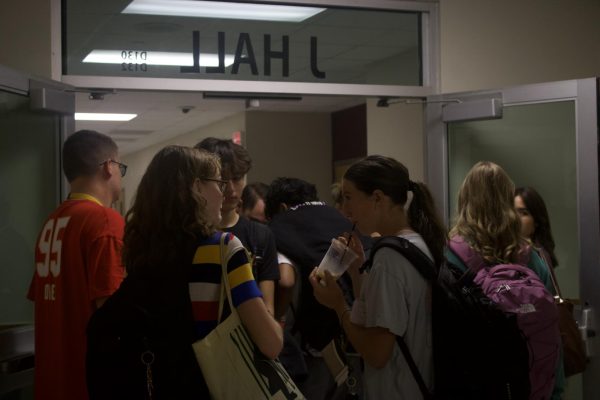
A challenge in scheduling this year has been the school’s stricter regulations on student aid periods. Students now have to apply for an off period during the previous school year, and there is a set number of student aids allocated to specific teachers. This comes as a response to many student aids’ unproductive and unnecessary usage of class time in the past, treating it as an off-period. While this may seem the case, it is only harmful to limit this opportunity for both teachers and students. Many students discover scheduling gaps only after their schedules are released, once the off-period application window has closed. For seniors who have already completed their credit requirements, this additional course can serve as a means to build relationships with teachers, which can be valuable when seeking strong college recommendation letters. Additionally, most elective courses begin with introductory classes that are predominantly filled with freshmen, making upperclassmen feel out of place. This issue is compounded by the fact that many classes, including Austin Community College (ACC) classes and the Scholastic Aptitude Test (SAT) prep course, are offered only in single semesters and often during the middle of the day. Without the option for an off period, students may be forced to take less meaningful electives to fill their schedules, missing out on a more productive or relaxed period that could better serve their needs.
Something interesting, though not entirely unexpected this year, was the removal of Tiger Time from the schedule. The twenty-minute study hall block, in which students could leave their classrooms to receive tutorials, retake tests and ask questions, was considered too brief to be truly productive. The period had become increasingly restricted through passes and hall monitoring, which made it increasingly inefficient. Much of the staff and student body assumed that the time removed from this block would be added back into the lunch periods, from where it was taken, which had previously been two 45-minute blocks instead of the three 30-minute periods we currently have. While this seems like a more desirable option to many students, it isn’t possible given the sheer size of our rising student population, creating more hallway traffic, crowded cafeterias and longer lunch lines. Instead of extending lunch, the school has restructured the study period by incorporating a ten-minute block at the end of every class for tutorials. This change allows students to ask their teachers questions in a more focused environment without wasting time walking across the school to reach another class. However, some students are disappointed with this decision, as they find that their teachers continue to teach into these ten minutes, leaving little time for the intended tutorial support.
To accommodate the addition of time to each class period, the school has removed the three-minute passing periods between lunch and the next class. This means that students will now need to get in and out of the cafeteria within the 30 minutes allotted for lunch. This change may make it difficult for students to finish their lunch on time, especially students who are in farther classes or buy their lunch. As previously mentioned, due to the school’s rapid population increase in recent years, lunch lines have become significantly longer, and with this shorter lunch block, students may struggle to finish eating before needing to return to class. If these students are, in fact, late to class as a result of this measure, they may face consequences under the new tardy policy. Just one tardy this year will result in a conversation with a teacher, and after three tardies, students will be subject to detentions. Being the senior classes’ first and only year to go off campus, many are excited to exercise this privilege, and it’s necessary for the school, given the increasingly long lunch lines. However, most of the affordable, quick dining options are in Belterra Village, which takes the entire lunch period to reach, at around a 30-minute round trip from the school. With these changes, leaving and returning to the school by the time class reconvenes could prove difficult and stressful for students. This could potentially lead to unsafe behaviors, such as pushing and shoving in our already overcrowded hallways or students speeding on dangerous roads, like Highway 290, to avoid punishment. It is worth noting that these changes aim to increase attendance by just one percent, from 93.4 percent to 94.4 percent. This goal is a top priority for the school as it tries to narrow the gap between our attendance rates and the state average of 95 percent. Since Texas bases school funding on attendance, students being in class not only benefits their education but can also help improve the overall quality of the school.
Upperclassmen are not the only students affected by these new changes; incoming sophomores will need to adjust to the new parking plan. Beginning this year, sophomore students receive unique parking passes that restrict them to the G-lot parking spots. Located behind the stadium at a seven-minute walk from the school, this new restriction may raise safety concerns, especially given the infamous Texas heat, as we began the school year in August. The school has cited parking lot overcrowding as a major factor in this change, aiming to accommodate all drivers as the school population continues to grow. While upperclassmen certainly will benefit from more convenient parking access, the school is also implementing stricter enforcement of its policies. This year, any student vehicles parked in restricted areas, such as visitor or teacher parking, or without an updated parking permit will be booted.
We have yet to see how these changes will impact the new school year, and how we will reflect on them in the future. The school frequently notes in the newsletter that many of these new policies are based on suggestions from the Principal’s Student Advisory. As an open advisory, it welcomes student feedback, meeting monthly before school at 8:20 am. If there are policy changes this year that students feel negatively impact them, or ideas they have to improve the school, they are encouraged to fill out the interest form sent out by the school to make their voices heard.


